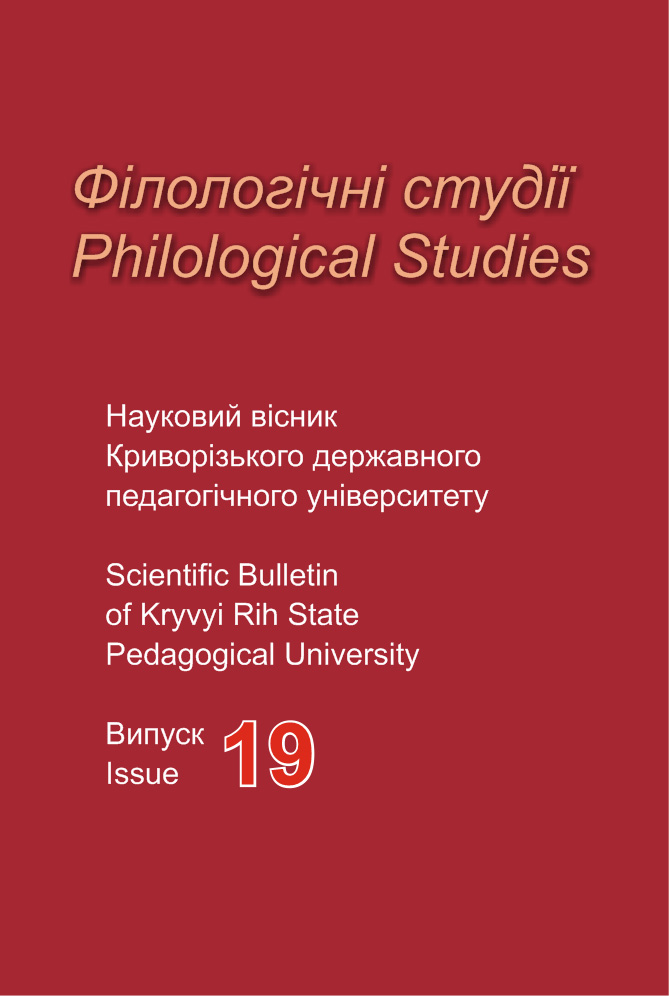English language instruction for clip thinkers
DOI:
https://doi.org/10.31812/filstd.v19i0.2331Keywords:
clip (fragmented) thinking, linear thinking, clip thinking considering methods, phases of learning, creolized textsAbstract
The advent of modern technologies has dramatically changed human perception and influenced the development of clip (fragmented) thinking in younger generation. Fragmented thinking reflects various properties of objects without taking into account relations between them. Clip thinking is contrasted with linear model, which is characterized from operational point of view by linear thinking. It helps to put in order the already acquired knowledge and operate with it at a higher level.
As both ways have their advantages and disadvantages, they have to be taken into account in up-to-date planning and materials development for language teaching. For this materials have to be compiled in a brain-friendly manner as the information has to be constantly reviewed and recycled. The process of learning has to be structured on the cognitive model of knowledge processing, which is based on the four phases of learning – impressing, memorizing, authorization and initiation. They take into account the neurophysiological mechanisms of human perception and allow building robust constructions in the brains of language learners, from where the information can be easily accessed.
Information has to be presented visually and texts for reading need to be creolized and contain several meaning making models at once. The interaction between visual and verbal parts in creolized texts becomes a basis for the transmission of meaning. Such clip thinking considering teaching tools will greatly enhance the perception of language learners and lead to the development of linear thinking in clip thinkers.






